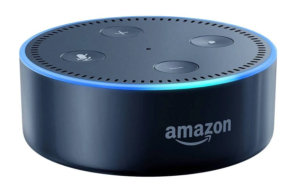Update: The listservs are working again.
I’ve learned that our listservs (email discussion groups) are broken.
Our listservs are hosted by a hosting company in Boulder, Colorado. The hosting company of course provides services to others besides us. I did some troubleshooting, and I see that the IP address from which the listserv emails get sent has gotten blacklisted by one of the spam blacklisting services.
The blacklisting service has good intentions, of course. The service tries to notice patterns of email sending so that spammers can be identified and blocked.
I’d guess that some new customer of the hosting company started sending spam.
Now the hosting company will have to figure out which new customer is sending the spam, and shut them down. And then the hosting company will have to ask the blacklisting service to re-evaluate the email traffic for the IP address. And eventually the IP address will be removed from the blacklist. And then our listservs will start working again.
Sigh.




 Today is the day that USPTO is pulling the plug on the PDX system with respect to the Chinese patent office. As a consequence, today is the day that, for the first time, a US design applicant can use the DAS system to obtain an electronic certified copy of a Chinese priority design application.
Today is the day that USPTO is pulling the plug on the PDX system with respect to the Chinese patent office. As a consequence, today is the day that, for the first time, a US design applicant can use the DAS system to obtain an electronic certified copy of a Chinese priority design application.